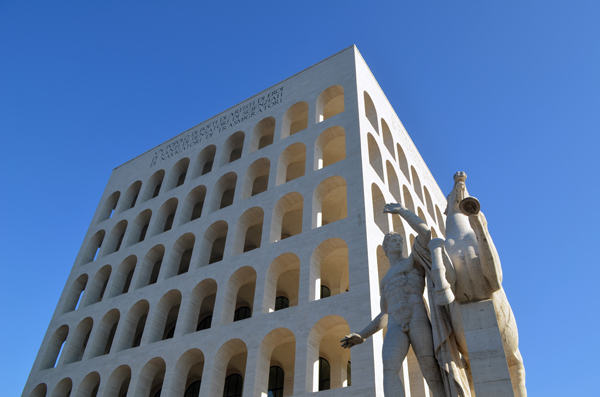
12.2015 - 01.2016
Palazzo della Civiltà Italiana by Giovanni Guerrini, Ernesto Bruno La Padula and Mario Romano.
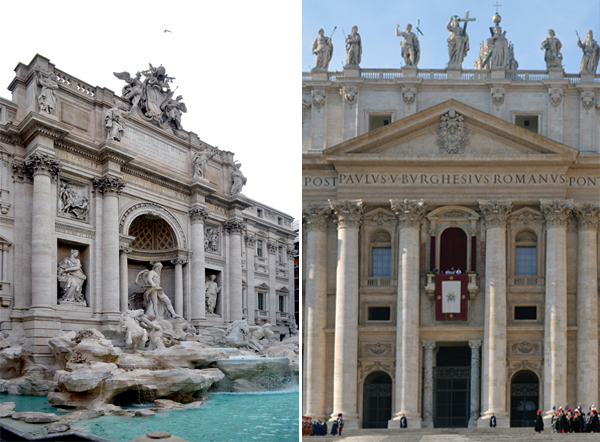
Basilica San Pietro | Fontana di Trevi
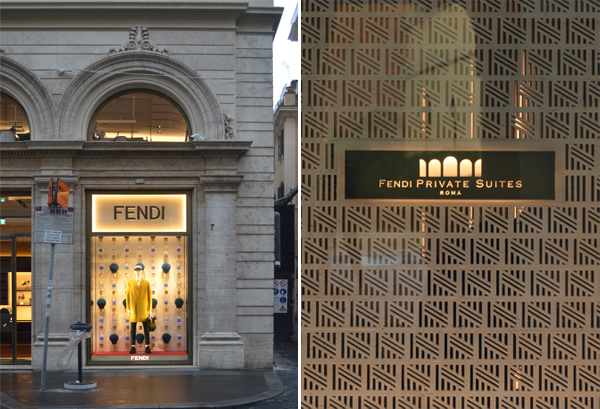
Fendi
Everywhere one turns in Rome there is another church or fountain emblazoned with the name of a Pope who sponsored the project. Sometimes it’s an emperor associated with the monument. These names appear as a way of marking the legacy of a leader, both their greatness and their munificence: St Peter’s is inscribed Paulus V Burghesius, the Trevi Fountain sports Benedictus XIV.
Today the whole city is emblazoned with signage, and advertising is unavoidable. Temporary billboards wrap buildings under repair, presumably a symbiotic relationship between a brand needing publicity and the city/owner looking for additional funds. Examples can be found everywhere from the Duomo in Milan, to the Obelisk in Piazza del Popolo.
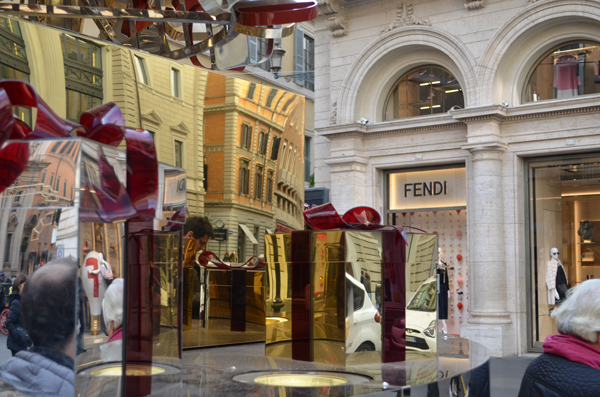
Fendi
Interestingly, there is a relatively new condition that doesn’t fit neatly into any of these categories; the luxury fashion house paying to renovate a city’s icon. Tod’s donated to clean the Colosseum, but if there is any signage to that effect it is difficult to locate. Bulgari is currently donating to refurbish the Spanish Steps, with only minimal branding, while their visible flagship is just a block away on the city’s most luxurious shopping street Via dei Condotti.
Fendi paid to clean and repair the Fontana di Trevi and just recently moved its headquarters into the newly renovated Palazzo della Civiltà Italiana, the most iconic building in EUR and probably the building which above all others to this day is still linked to Mussolini’s legacy. Its name does not appear on either monument, except on a sign advertising the new exhibit in the first floor of the Palazzo. The building, originally intended to house an exhibition on the history of Italy with each floor a different era, now has offices with exhibition space only at the entrance floor. However Fendi doesn’t shy away from announcing its many stores at the end of Via dei Condotti, the logo for it’s exclusive shopping showroom is a composition of arches reminiscent of the Palazzo’s facade, and they used the arches in some of their window dressings [1].
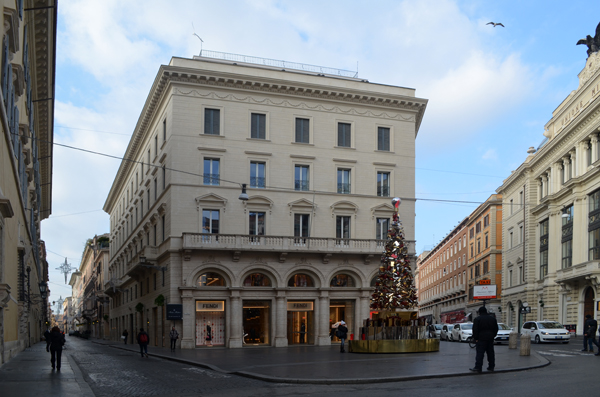
Fendi
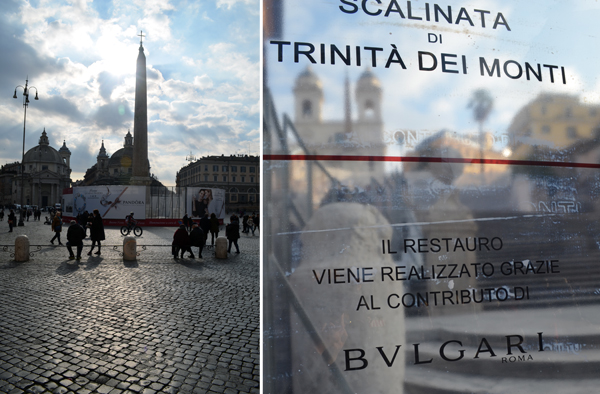
Piazza del Popolo | Scalatina di Spagna
Why is there all this generosity by these luxury houses to donate so freely to Rome’s imagery? Largesse is the new cool, a backlash from the plush times before the economic crisis, a burst of free publicity in exchange for renovating Rome’s patrimony. In the case of the Palazzo della Civiltà Italiana, Fendi is leasing the building for 15 years, not quite long enough to carve their name in stone that already bears an inscription to the Italian people. The question is whether 70 years is enough time to separate the building from its origins.
In today’s Rome, just like in the Rome of Sixtus V, patronage is the ultimate means of advertising economical and political power. The shift from public or ecclesiastical entities to capitalist corporations is the symptom of mutations suffered by Italy’s sociopolitical structure.
1. http://www.architectural-review.com/view/overview/fendi-vidi-vici-when-fashion-flirts-with-fascism/8679074.article
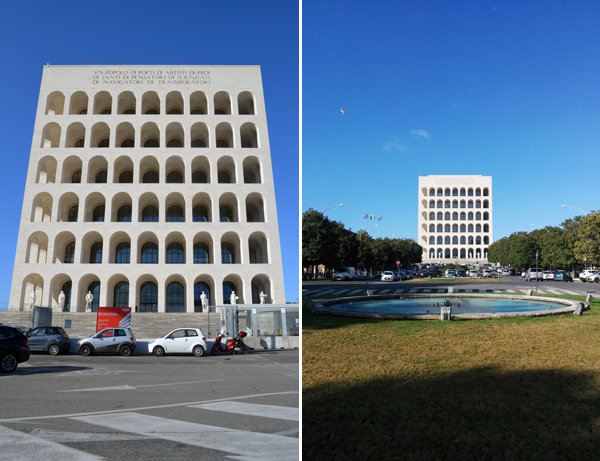
Palazzo della Civiltà Italiana